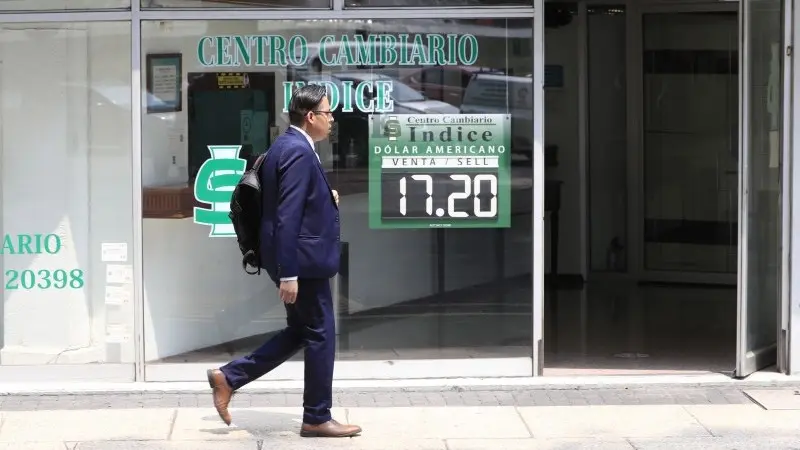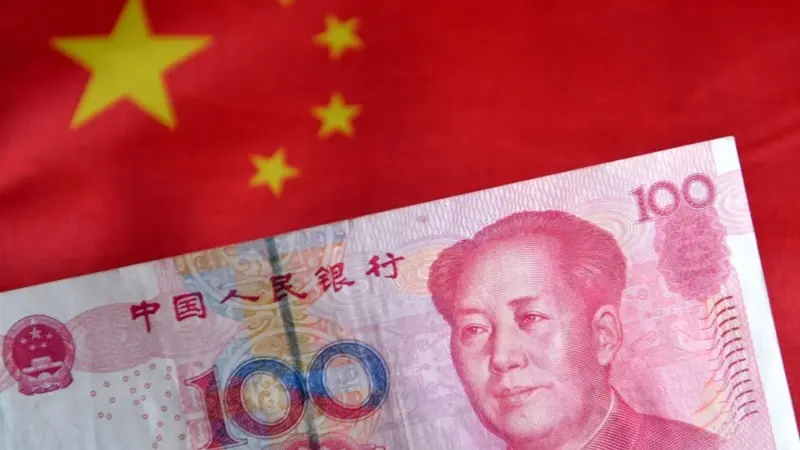FX Talking: Under Starter’s Orders
Switzerland and Sweden have already cut rates this year. The eurozone and the UK look set to follow shortly. And the Fed eagerly awaits the starting pistol on its easing cycle – if only the data would allow. ING's call is that US price and activity data will allow the Fed to start cutting in September. We see some modest downside to the dollar ahead of November

It looks like an increasing number of central banks are wanting to ease monetary policy. With countries like Switzerland and Sweden having already cut rates, speculation is now firming up for similar moves in the eurozone, the UK and Canada over the coming months. And listening to the Federal Reserve Chair Jerome Powell, it seems he would love to see lower rates in the US – if only the data would allow.
It is against this ‘glass half full’ backdrop that FX volatility has softened again and pro-cyclical currencies – including the euro – have found some support. We estimate that EUR/USD is close to medium term fair value at 1.08 and that it faces symmetrical risks over the months ahead. We do in fact have a slight upside bias here on the back of cooling US data – but the path beyond November’s US elections remains very uncertain.
Within Europe, we are looking for some independent sterling weakness as the Bank of England's easing cycle gets priced closer to that of the European Central Bank. We are also worried about the Swedish krona now that the Riksbank is showing less interest in it. Within Central Europe, we like the Polish zloty and Czech koruna, given the limited downside for further rate cuts.
Commodity currencies have enjoyed the run up in metals prices. Amongst them, our top pick would be the Australian dollar, where the Reserve Bank of Australia looks to be one of the last to cut rates. Also look out for difficult elections in South Africa later this month.
Elsewhere, a more hawkish Banxico looks like it could use a strong peso for a little longer. Politics appears to be weighing on the Brazilian real. And in Asia, the narrative remains one of damage limitation – in which we would include Tokyo’s defence of the yen.





